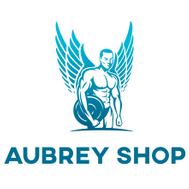Anti Estrogens
Countless bodybuilders in the USA have turned to steroids to achieve that dream physique. However, they often overlook the potential side effects of these powerful substances, which can potentially harm their health in the long run. One essential element to consider when using steroids is the incorporation of anti-estrogens into the regimen.
-

Altamofen 20
$27.50 -
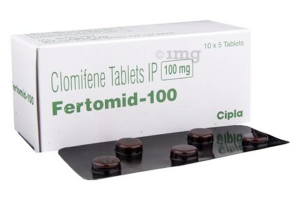
Clomid 100mg
$11.00 -
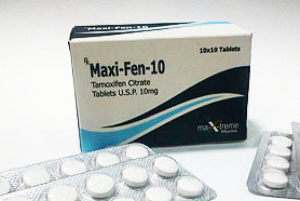
Maxi-Fen-10
$24.20 -

Maxi-Fen-20
$53.90
Understanding Estrogen and Its Effect on Bodybuilders
Estrogen, primarily known as the female hormone, is also naturally produced in a male body. When levels of this hormone surge, it can lead to swelling, water retention, and the development of breast tissue, known as gynecomastia. All these side effects are highly undesirable for bodybuilders.
Steroids and Estrogen
Many anabolic steroids can convert into estrogen through the process called aromatization. As bodybuilders consume these steroids to increase their muscle mass and strength, they inadvertently may also raise their estrogen levels. Elevated estrogen levels can not only hinder muscle development but also pose serious health risks.
The Role of Anti-Estrogens
To counteract the adverse side effects of increased estrogen levels, bodybuilders should use anti-estrogens alongside or after taking steroids. Anti-estrogens help regulate the hormonal balance within the body by either blocking the receptor sites where estrogen can attach or reducing overall estrogen production. Consequently, using anti-estrogens can offer multiple benefits for bodybuilders, such as:
- Prevention of Gynecomastia: By blocking the receptor sites, anti-estrogens can help prevent the development of breast tissue in men.
- Reduced Water Retention: Lower estrogen levels can lead to decreased water retention, which results in a leaner and more defined appearance of the muscles.
- Faster Recovery: Balanced hormone levels contribute to a more comfortable post-cycle recovery period, allowing you to maintain the hard-earned muscle mass and return to your training regimen more quickly.
- Improved Health: By using anti-estrogens, bodybuilders can mitigate the risks associated with elevated estrogen levels, including heart disease, stroke, and other health complications.
Steroids That Must Be Followed by Anti-Estrogens
Certain steroids can convert into estrogen more readily. Therefore, bodybuilders in the USA using these particular steroids should prioritize incorporating anti-estrogens into their regimen. Some of these steroids include:
- Testosterone: As the primary male hormone, testosterone is often a crucial component of many bodybuilding regimens. However, testosterone can convert into estrogen, mandating the use of an anti-estrogen to counteract potential side effects.
- Dianabol: Dianabol is a popular oral steroid known for its rapid results; however, it can also lead to high estrogen levels when used in higher doses. Utilizing an anti-estrogen in tandem with Dianabol can help curb these adverse effects.
- Anadrol: Like Dianabol, Anadrol is another oral steroid used to gain muscle mass quickly. Incorporating an anti-estrogen during or post-cycle is essential to manage skyrocketing estrogen levels.
Anti-estrogens are substances that block or suppress the action of estrogen in the body. They are commonly used to treat conditions like estrogen-dependent breast cancer, gynecomastia, and sometimes used by athletes to counteract the side effects of anabolic steroids. Some well-known anti-estrogens include:
- Selective estrogen receptor modulators (SERMs): These drugs work by binding to estrogen receptors, thus preventing estrogen from exerting its effects. Examples of SERMs are tamoxifen, raloxifene, clomiphene citrate, and toremifene.
- Aromatase inhibitors (AIs): These drugs inhibit the enzyme aromatase, which is responsible for converting androgens to estrogens. By doing this, they effectively reduce the amount of estrogen produced in the body. Examples of AIs are anastrozole, letrozole, and exemestane.
- Estrogen receptor down-regulators (ERDs): These drugs work by degrading the estrogen receptors, thus reducing the sensitivity of cells to estrogen. An example of an ERD is fulvestrant.
Clomid
Clomid, also known as clomiphene citrate, is a selective estrogen receptor modulator (SERM). It is not an anti-estrogen in the sense that it blocks the effects of estrogen completely. Instead, it has both estrogenic and anti-estrogenic properties. Clomid works by binding to estrogen receptors in the hypothalamus, pituitary gland, and ovary, which can lead to an increase in the release of follicle-stimulating hormone (FSH) and luteinizing hormone (LH). This, in turn, stimulates ovulation in women and increases testosterone production in men. However, in certain tissues, Clomid may act as an anti-estrogen, competing with estrogen for receptor binding and reducing its effects.
Showing 1–12 of 24 results
-

Altamofen 20
$27.50 -
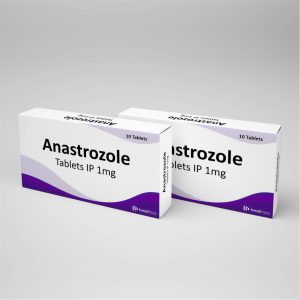
Anastrozole
$19.80 -
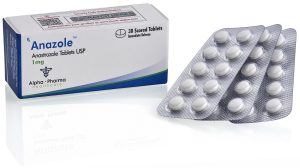
Anazole
$36.30 -
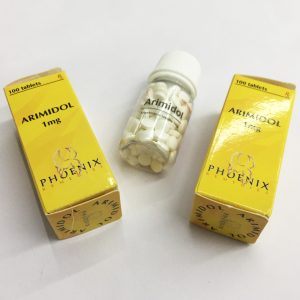
Arimidol
$113.30 -
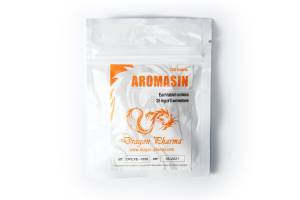
AROMASIN
$128.70 -
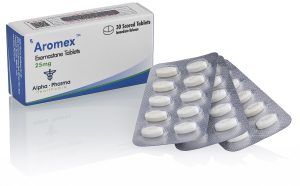
Aromex
$86.90 -

Clomid 100mg
$11.00 -

Clomid 50mg
$7.70 -
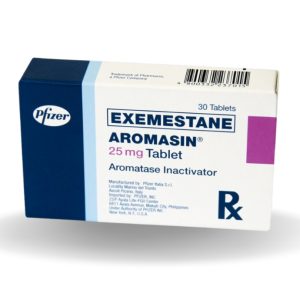
Exemestane
$80.30 -

FEMARA
$68.20 -

Fempro
$7.70 -
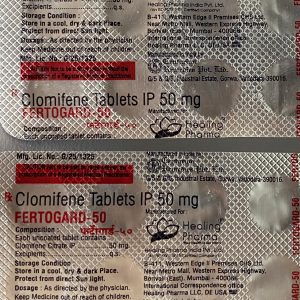
Fertogard-50
$36.30
